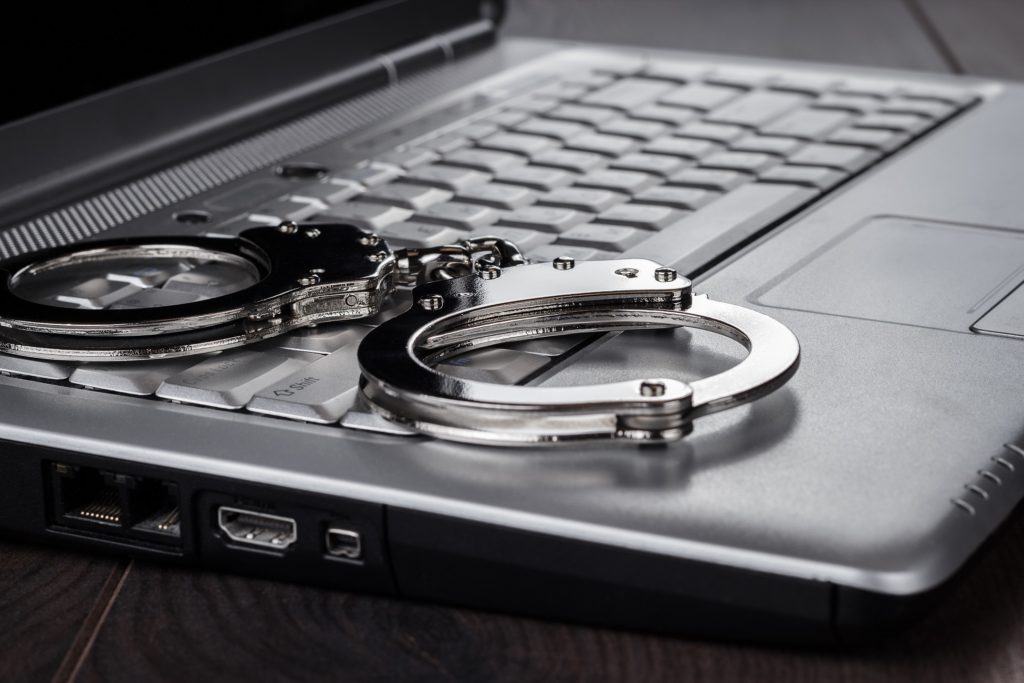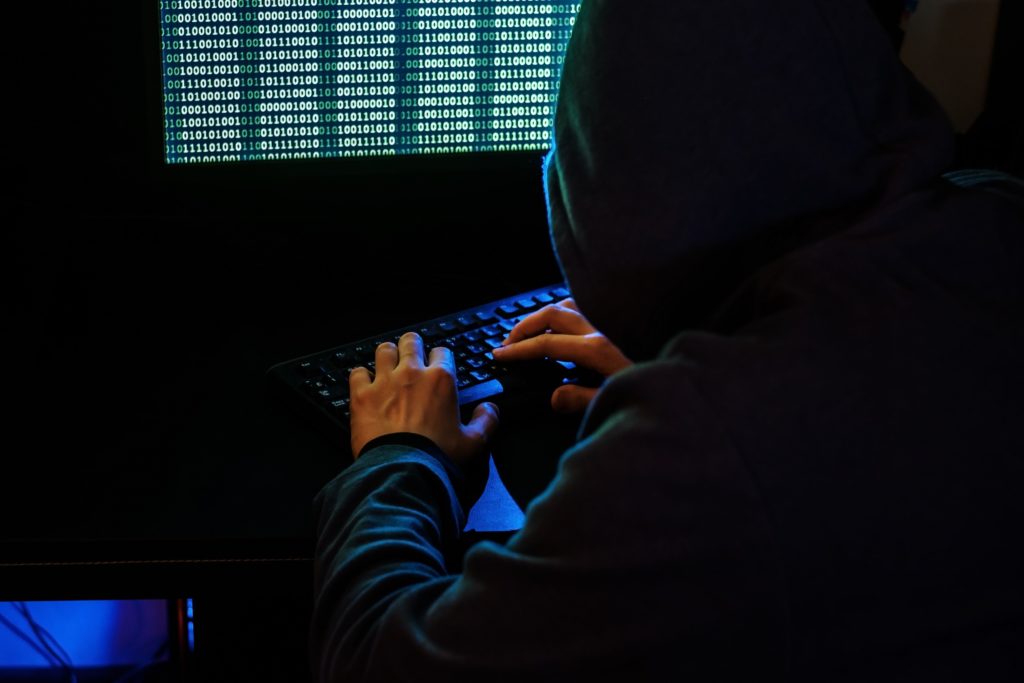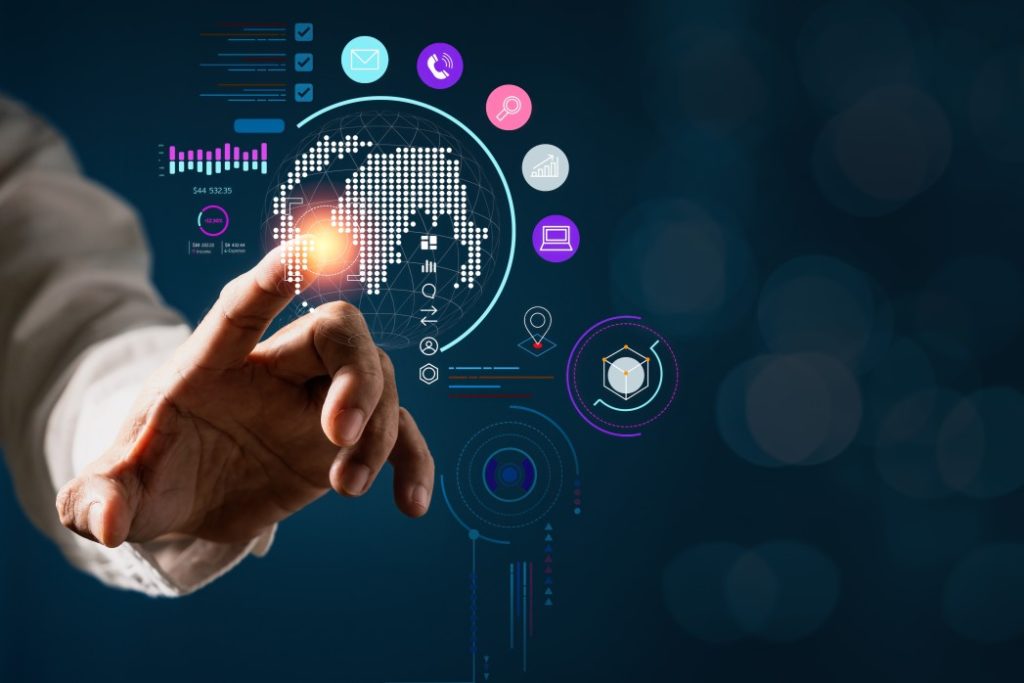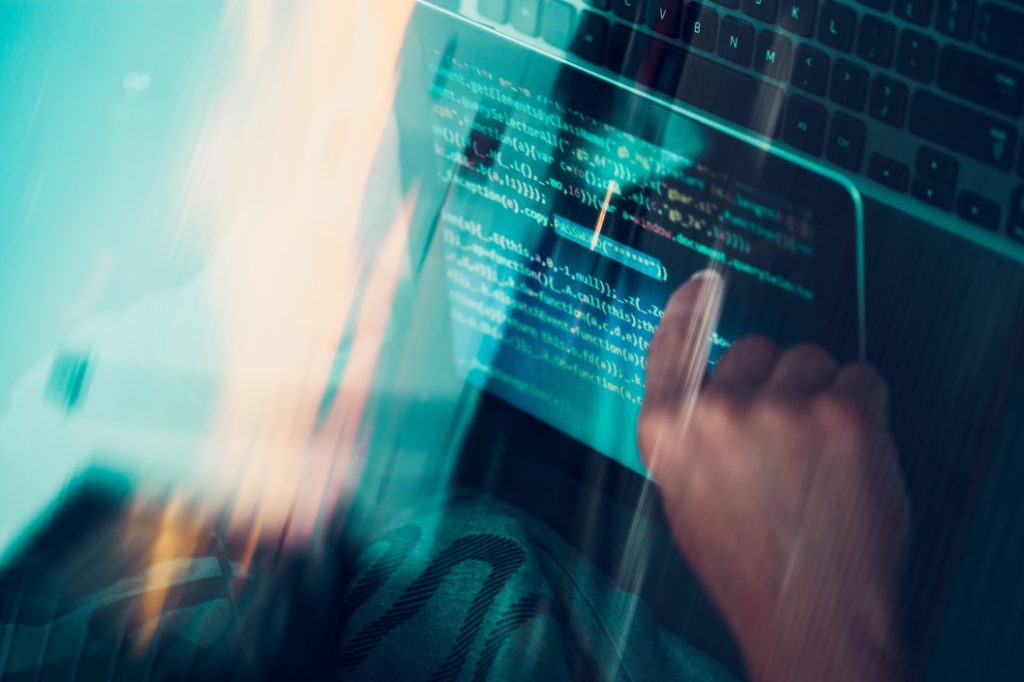If you have been the victim of cyber-scams, there are many things you can do in order to recover your money. To detect suspicious activity, the first thing you should do is set up alerts in your bank account. If you suspect you have been scammed, you should contact the Financial Ombudsman Service. They will not ask you for any money in order to help you get your money back.
Set up bank alerts to detect suspicious activity
You can use alerts to help you recover money from scams by setting up alerts on your bank accounts. You can set up alerts for each transaction and transactions that exceed a certain amount to help you spot suspicious activity and prevent money loss. You can also set up alerts for ATM withdrawals and overdrafts. You should also sign up for fraud alerts while you’re at the ATM.
Once you’ve created alerts, you should decide which information is important to you. Some people might want to receive alerts about large purchases or every time their account balance falls below a certain amount. Others may want to be notified when they change their passwords, or update their profiles. Once you’ve made your decision, sign in to your online banking portal and choose which alert thresholds you want to receive.
It’s easy to keep track of your finances by enabling alerts on bank accounts. Bank fraud is on the rise in the United States. It’s important that you take preventative measures. You can quickly recover your money by setting up alerts on your bank account to detect suspicious activity.
It’s also important to use different passwords for different accounts. Using the same password for all your accounts will leave them vulnerable to phishing. Also, don’t use passwords that are easy to guess, and make sure you use multifactor authentication on your accounts.

One of the fastest-growing types of online fraud is phishing. In this scam, someone impersonates a legitimate entity and sends an email or text message. Then, the victim is asked to deposit the money into his bank account or send money to someone else. When the victim doesn’t, they’re on the hook for the check’s full value.
If you suspect that you are being scammed, contact your bank and credit card provider immediately. They might issue a new credit card for you. You can also report suspicious activity directly to the police and the Social Security Administration. These measures should help you recover money from cyber scams.
To protect your account and your money, you should immediately file an SAR if you suspect that a cybercriminal has accessed your bank account. All relevant cyber-related information should be included in SARs. The information should include the date and time of the fraudulent wire transfer and the IP address of the perpetrator. You should also include any other relevant information about the cyber-event, such as attack vectors or command-and-control nodes.
Legitimate organizations and government agencies won’t ask you for money to help get a refund
To avoid scams, check the source of any online communication and make sure it is legitimate. You should not give your personal information to any fraudulent organization claiming to be a government agency. These groups are not legitimate, and scammers use this information to drain your bank account and steal your identity.
Another common type of cyber scam involves government impersonation scams. These scams target older adults and pretend to be from the Internal Revenue Service, Social Security Administration, Medicare. They may threaten arrest or deportation if they don’t pay up. They might also steal personal information such as credit card numbers, social security numbers, and other sensitive data.
You can also look out for big promises to identify a scammer. Scammers may promise you money back, a refund, or reimbursement for top-of-the list items. They may also try to appear official, such as by posing as a consumer advocacy group or a law firm.
Scammers may ask you for money to help with a refund or to send money for no reason. These scammers might advertise a program in a national newspaper or in your local paper, or ask you for money to wire money or to use prepaid debit card. These methods are illegal.
Contact the Financial Ombudsman Service Trade Lines for Sale at Personal Tradelines
You should contact the Financial Ombudsman Service if you think you’ve been a victim of a cyber scam. The financial ombudsman investigates complaints about banks and makes legally binding decisions. If you believe you’ve been scammed, contact the ombudsman immediately to report the scam and get your money back.
The Ombudsman is a free public service that resolves individual complaints between financial businesses. In most cases, they can investigate anything from PPI to pet insurance. They are committed towards fairness in the financial service industry. The Financial Ombudsman Service’s website has a link to the service’s website.
In addition to contacting your bank, you should also contact your payment provider. You may be able to freeze your account to prevent any further transactions. Action Fraud is the UK’s national reporting center for fraud. Your report will be passed to the National Fraud Intelligence Bureau.
Cyber scams use a variety of tactics to obtain Trade Lines for Sale at Personal Tradelines financial information from unsuspecting people. These scammers attempt to instill a sense of urgency in people so they will send them money. They use these tactics to gain your trust and confidence. These scams are for all ages.



